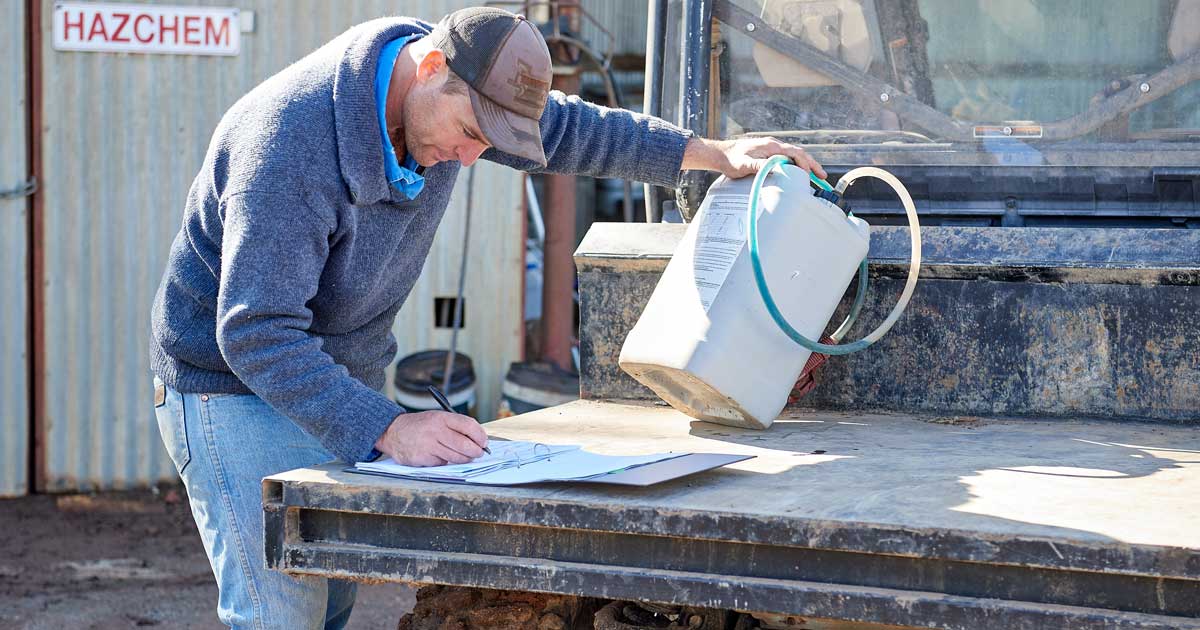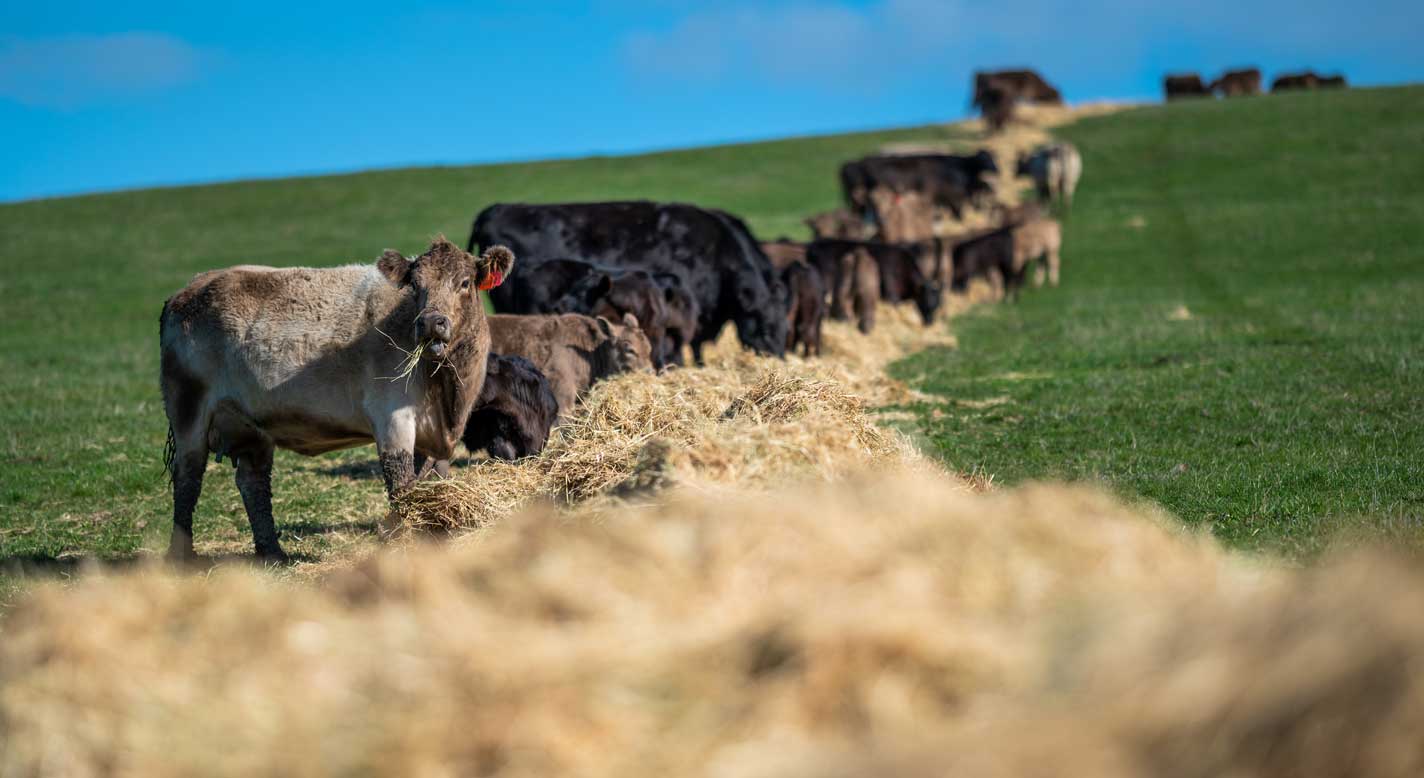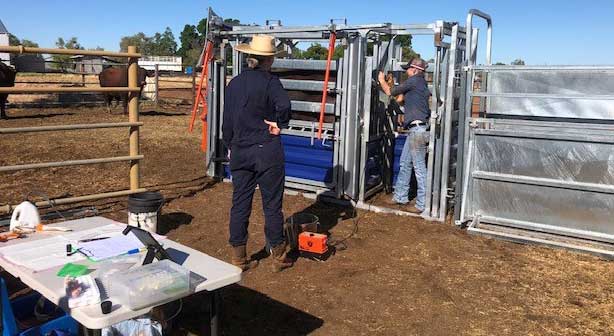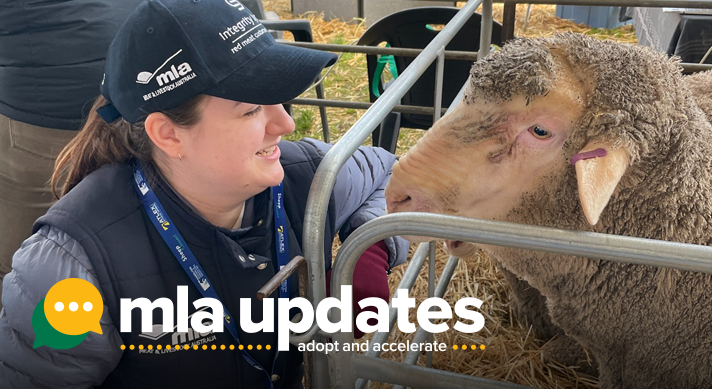Your guide to safe chemical usage
01 November 2022
-Min Read
Chemicals play an important role in protecting our livestock and properties – but poor preparation could lead to even worse hazards.
Key points
- Use of approved animal treatments protects livestock properties from disease and biosecurity threats while supporting livestock health.
- Animal treatments must be administered safely, as per instructions on the product label.
- Livestock Production Assurance (LPA) requires best practice chemical use and management to reduce the risk of unacceptable chemical residues in red meat.
- Safe chemical use on-farm, including correct record-keeping of treatments and chemicals, is a key requirement of LPA-accreditation.



